Good Company Review – Testing the Factory Tycoon PC Game in Early Access
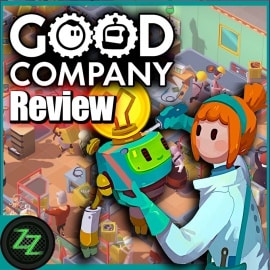
Testing the Factory Tycoon PC Game
My test of the PC Game Good Company, a business simulation in which you become a factory tycoon and build up a high-tech company. – In this article, I introduce you to the game Good Company. You’ll get all details and information about the factory-building and economic simulator building game from the German IndieDev Studio Chasing Carrots from Stuttgart. Is it a shining pearl of the Tycoon Game Genre, or a more flat click orgy like many mobile games? Have a look at the review and find out more.
German Version:
This article is available here as text, but also as a YouTube video (German voice-over, many subtitles). This way you can choose how you would like to enjoy it most.
Video:
German voice-over, many subtitles
- Good Company Review – Testing the Factory Tycoon PC Game in Early Access
- Video:
- Good Company Review – Intro
- Good Company Background
- Good Company – Game Type
- Gameplay – Campaign and challenges
- Good Company Gameplay – Free Play
- Good Company Gameplay – Production
- Good Company Gameplay – Logistics
- Good Company Gameplay – Research
- Good Company InGame Screenshots
- Good Company – Technics, Graphics, Sound
- Opinion and conclusion
- Rating
- Rating – Box
- Outro
- Links and Sources:
Good Company Review – Intro
Hi there, this is the Zap. Welcome to my Good Company Review. In this review I would like to introduce you to the game and at the end there is also a rating by me. But most of all I want to give you all the information you need to decide for yourself if you like the game or not.
Good Company Background
Good Company is built by the Chasing Carrots from Stuttgart The studio has previously developed Cosmonautica, Heart of Scrap, and Pressure Overdrive. The still-young company Irregular Corporation, which has attracted a lot of attention with its PC Builder simulator, is the publisher.
As the game is still in the middle of development, this test is a momentary recording. Graphics shown here, flaws, missing features can quickly become completely different in the course of further development. The developers still have very, very many plans with this game. You can see that from the roadmap, which is already available. I will show it here for a short time, but I will also link it below.
Good Company has been available in Early Access on Steam since March 31st and has already received several updates since then. I got a free trial sample from the publisher, my thanks for that. But this will not have any influence on my rating, I always try to rate as if I paid the full price. But let’s see what’s in Good Company and how well it works so far.
Good Company – Game Type
In Good Company we play an entrepreneur who, together with his consultant, in individual missions either builds up various tech companies from scratch or optimizes existing but poorly running factories.
So here we have a tangible economic simulation with very complex processes. We have to purchase resources, manage personnel, build up production chains, conduct research, research new products, and bring them successfully to market.
The game focuses especially on technical products, which we manufacture from many individual parts or better have them manufactured by our employees. In the further course of the game, we can then use research to develop ever-higher quality products. And this is the only way we can keep up with the ever-increasing demand of the market for better equipment.
Time-wise, at least in the beginning, the game is more oriented towards the product range and the state of the art in the 80s and 90s. So we start building pocket calculators, or the first suction robots or pocket computers. In the course of the game, we then explore more and more complex components and techniques, with which we can then also produce correspondingly more complicated devices.
Gameplay – Campaign and challenges
Good Company is a mission-based game. In the campaign, we will play over a world map along a chain of missions. Each mission will have its own map, different starting conditions, different buildings, and also completely different products, techniques, and equipment.
In the campaign, we are confronted with exact tasks and mostly the guidelines are set in such a way that we should work relatively directly towards these tasks, and often we don’t have many other options. If the mission requires us to sell 20 calculators in a week, we don’t have any electric motors or mechanical parts available to us.
The individual maps are then divided into 3 levels, which are marked here by trophies. The first mission goal gives us a cup, then 2, and with 3 cups we have completed the mission and get access to the next task.
As a very interesting side feature, Good Company offers some challenges at the edge of the mission chain of the campaign. These are very differently designed missions, which usually have very narrow limits and special requirements for the new factory. And then we can try to solve these tricky tasks. In the end, there is a rating for it, which shows with an online high score list how we did compare to the other Good Company players.
I found these challenges very entertaining now, besides the well-done missions of the campaign, these special maps seemed to be varied. Because of the highscore list and the more difficult approach I was also motivated to try these maps more often one after the other, maybe to get a better result and get further ahead in the highscore list.
The challenges offer a refreshingly different concept. And it is very commendable that they are set completely voluntarily as secondary tasks in the campaign tree. So if you don’t feel like this kind of challenge, you won’t be held back in the normal campaign.
Good Company Gameplay – Free Play
In the free play, we start with a very small building, very little technical knowledge, and then we can shimmy up through the whole technical tree. Thereby we have numerous buildings on a large property at our disposal, which we can buy little by little.
This mode is still quite simple at the moment because there are no special settings that could increase the replay value. Different maps, settings for the startup defaults, etc. I could introduce you to some things that would make this mode even more interesting. But for now, you can try to reach the end of the long production chain. And that might take quite a while.
Good Company Gameplay – Production
Okay, but how exactly do you play the game now? The most basic element of the game is, of course, the production of components and products.
To do this, we build a workbench and select a thing we want to produce. Let’s take a very simple button cell battery as an example. We look at what raw materials are needed for it, in this case, chemicals.
Then we first order chemicals at the incoming goods department. After a short time, delivery is made and the raw material is then ready for further processing there.
We have our own character, which we can create, name, and move freely. With this, we can also carry material around and work on workbenches. With this, we could now carry the required raw material to the workbench and then make a button cell. In the long term, however, it is better if we employ an employee for this, who is then bound to this workbench.
But in order to supply him with material on a permanent basis, we need suitable logistics.
Good Company Gameplay – Logistics
In fact, a worker at a workbench can pick up his own material from the incoming goods department and carry the finished product to where it is to go. But this would make production infinitely slow. It would, therefore, make more sense if the worker at the workbench didn’t have to walk around a lot, but someone else would bring the raw materials and pick up the products so that the worker could fully immerse himself in the production process.
The game offers 2 basic elements for this transport of goods in the company. First, there is the logistics tower, to which we can assign personnel. These employees will then automatically process all transport orders that can be fulfilled and are within the radius of their tower. Then there are warehouses that can store material and products and also the workbenches can be built into the transport chains.
In a separate submenu, we can now plan a logistics chain. So if we just want to produce button cells, someone has to fetch the chemicals from the incoming goods department and bring them to a warehouse that we place next to the workbench. Then we can tell the employee at the workbench to take the chemicals from the shelf, make a button cell and then put it back on the same shelf. At the end, we determine that the button cell is taken to the outgoing goods warehouse and then it is automatically sold there. So we would have a first small logistic cycle and could earn money with it.
As the game progresses, these commodity chains in the factory become longer and more complex. Later on, for example, there are also conveyor belts that can transport goods from one building to another.
Building, optimizing, and expanding these extensive chains without bringing everything to collapse is one of the great attractions of this game. And, of course, this is one of the most fundamental tasks if we want to build a company that will ultimately generate profit and which we can gradually expand more and more.
Good Company Gameplay – Research
Both in free play and in the campaign we start with a few known components and buildable devices. But we can expand this selection by doing research.
For this, we need an analysis table, which we have supplied with finished components. And an employee will then go to it and take these parts apart and create research points.
With these research points, we can then unlock more and more components from a complex tree at the research table. This is a somewhat lengthy task, but it can be accelerated by more researchers and more analysts.
You just have to be careful, because on the one hand this consumes a part of our goods and on the other hand the workers naturally cost money and at first they don’t produce anything that generates profit. So here we need to carefully balance the costs.
But without research, we would soon only produce obsolete devices whose price would drop to bottomless levels and the demand would collapse. That is why we constantly need new research and have to assemble new devices from the researched components.
This assembly on the drawing board is by the way very interestingly designed. A device needs a case and depending on the type of case this offers a special form of interior space.
This interior is displayed with a grid. And all the components we could now use for the device have different shapes, which funny enough look like Tetris bricks. And then we have to arrange these Tetris components as effectively as possible in the case and thereby meet certain requirements for the planned device.
There are, for example, properties such as computing power, display quality, battery life, etc., but we also have to take into account bad properties such as heat generation, noise, or an ecological footprint. Because if our device does not meet the demands of the market well enough, this will have a massive impact on demand.
And since the requirements increase with time, we want to start at least at the beginning as good as possible, so that our device doesn’t become obsolete too fast. I find this game element with the product planning particularly good and very cleverly solved.
Good Company InGame Screenshots
Click or tap on the image for a larger view.
In the enlarged view, you can scroll right and left on the edges

Good Company Review 
Good Company – Market Analysis 
Good Company Review – Main Character Closeup 
Good Company Test – Logistics Menu 
Good Company Review – complex fabrication hall 
Good Company Test – Ingame help 
Good Company Review – Device Development 
Good Company – Research and Develelopment 
Good Company Review – assembly line 
Good Company Review – Factory close-up 
Good Company Test – Factory closeup 
Good Company – Advisor 
Good Company Review – assembly desk 
Good Company Review – Workbench 
Good Company Review – Test – Screenshot – Gameboy 
Good Company Review – Test – Good-Company-Roadmap-1.0-English-
Good Company – Technics, Graphics, Sound
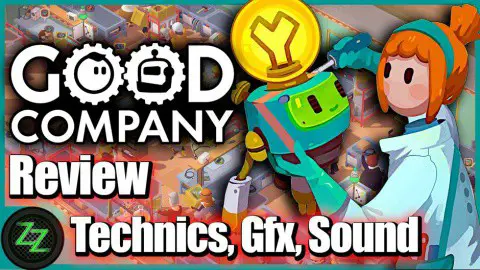
Good Company uses the Unity Engine. This provides a solid base, but unfortunately there are still crashes on the desktop from time to time. That doesn’t happen very often, but sometimes I did have that.
Otherwise, the operation is sometimes a bit fiddly due to the complexity. Especially the planning of the logistics requires some pushing around of the windows and unfortunately the game doesn’t remember the chosen positions of the many sub-windows. If you want to change something, you have to move everything around again. I could imagine that more comfortable.
Graphic-wise is Good Company in the area of functional cuteness. The camera looks from diagonally above into the roof of our factory buildings and all employees, workbenches, and so on are shown isometrically. During testing, I wished a few times that I could not only zoom the camera, but also turn it, but unfortunately, this is not possible. And if you later have more complex factories, which may extend over several buildings, more zooming out would often be helpful.
The figures are created from a very large selection of components so that they do not look too similar. However, they are also not very detailed. The so-called low-poly design is the order of the day and the textures are also simplified.
The animations, at least in this early access version, are kept so simple that they already create a certain degree of cuteness through their simplicity. There’s something special about it when all steps are represented by the workers drumming on the things with their fists.
Also, the many objects that can be built are mostly kept simple, but at least they can all be distinguished from each other, and that’s what counts for the time being.
All in all Good Company creates a somehow respectable and optically nice impression with these simple means. Everything is recognizable, many details are visible at a glance and you can easily follow what happens in the factory. And in larger factories, it will be really pleasant and lively later on.
The weakest part of the game so far is the sound. There are 2-3 songs that could also be played in a phone queue. And when a level goal is reached, the player is congratulated in a kind of short TV show with short voice output. But aside from that, there are only a few beeps, some clicks here, some beeps there. This part is not absolutely necessary to have fun with the game, but there is still a lot of room for improvement.
But we shouldn’t forget, it’s an early access version and the Chasing Carrots are really working hard to make Good Company a better game all the time. There is a very long roadmap, the game already got some updates and there will be many more to come for sure.
That Good Company will remain an unfinished early access title forever, like many other games, I don’t fear, given the pace of the developers’ work.
Opinion and conclusion
Good Company has pleased me very well overall. It offers challenging gameplay and some very interesting missions in the campaign. Especially the challenges with the highscore lists have pleased me and animated me to replay them.
The game still has some construction sites, but it’s already playable. I had a lot of fun testing it. I think fans of complex business simulations can already access it now and won’t regret the purchase. Good Company has a lot of depth, and some complex and sometimes a little bit complicated sequences. But I think that’s what ensures that it won’t get boring so quickly.
On their roadmap, the developers have not only planned improvements of the existing, but above all, much more content in preparation. And what I’m especially happy about is that the game will soon have both a Coop multiplayer and a modding interface.
I assume that there will be many, many possibilities for mod builders to extend and change the game. So in a few months, a selection of mods in the Steam workshop will probably sweeten the game even more. Or maybe we can use them to iron out little nooks and crannies if we don’t completely have pleased something. Also, new campaigns and missions will probably be available. And with that Good Company will probably be good for a new game now and then in the long run.
Rating
Good Company already offers a lot in this version with the already extensive campaign and the many other possibilities to spend time in the game. And then there will be many more in the next weeks and months.
If I bring the price of €22,99 together with this excellent game scope, then I would like to give Good Company a basic rating of 85%. Here slumbers a coming pearl for economy and development fans. And it seems to me that this pearl has a good chance to be polished to a shine.
For little lacking in the presentation, small problems with crashes, and other small bugs, I would like to deduct 5% from the rating. But I assume that the developers will get back a few percent of this amount soon.
This brings me to a final rating for Good Company of a very good 80% at the moment, with the prospect of even more in the future. If you are very sensitive to small problems in games, you might want to wait. But apart from that, I can warmly recommend Good Company to every fan of business simulations.
Rating – Box
Good Company
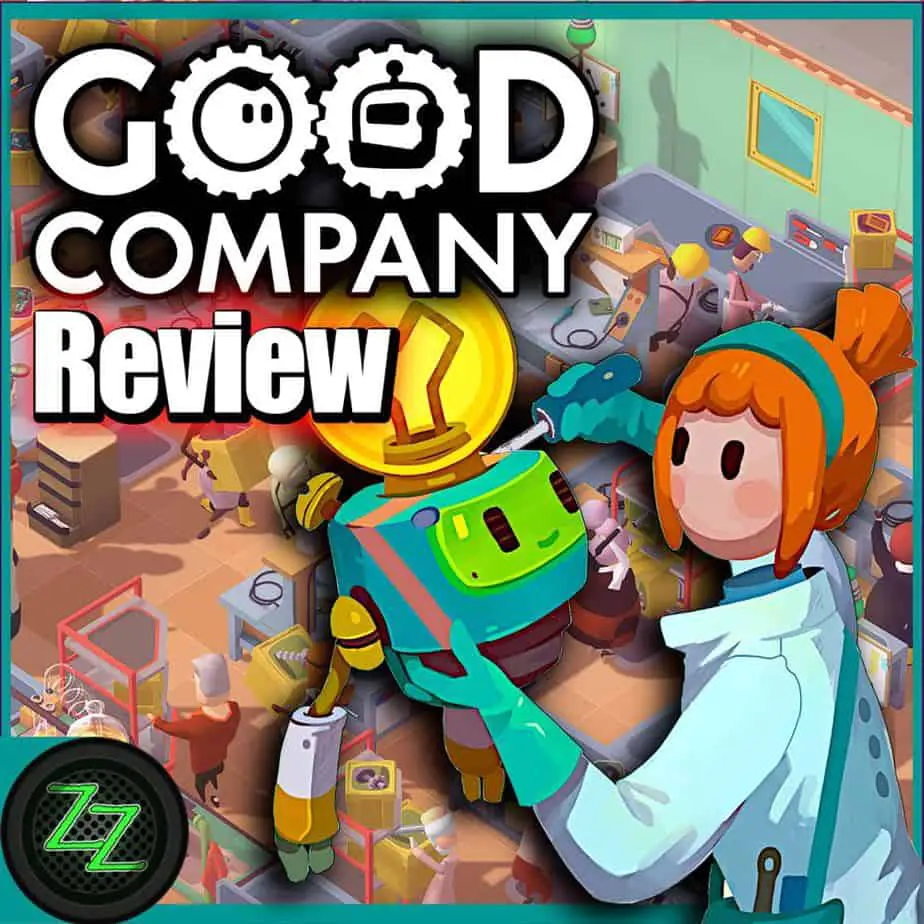
My test of the PC Games Good Company, a business simulation in which you become a factory tycoon and build up a high-tech company. – In this article, I introduce you to the game Good Company. You get all details and information about the factory-building and economic simulator building game from the German IndieDev Studio Chasing Carrots from Stuttgart. Is it a shining pearl of the Tycoon Game Genre, or more a flat click orgy like many mobile games? Have a look at the review and find out more.
Rating
Good Company already offers a lot in this version with the already extensive campaign and the many other ways to spend time in the game. And then there will be many more to come in the coming weeks and months.
When I combine the price of €22.99 with this excellent game scope, I would like to give Good Company a basic rating of 85%. Here lies a coming pearl for fans of economy and development. And it seems to me that this pearl has a good chance to be polished to a shine.
For previous flaws in the presentation, small problems with crashes and other small bugs, I would like to deduct 5 % at the moment. But I assume that the developers will get a few percents back soon.
This brings me to a final rating for Good Company of a very good 80% at the moment, with the prospect of even more in the future. If you are very sensitive to small problems in games, you might want to wait. But apart from that I can recommend Good Company to every fan of business simulations.
Outro
How do you like this complex factory teeming? Do you want to build your own robots and computers, or is the game already too complex for you? I look forward to your opinion in the comments below.
I am also always happy about thumbs, subscriptions or a follow on my social media accounts. More reviews, gaming news and many tips and tricks can be found on zapzockt.de. Then I wish you a great day, have a good time, ciao ciao, your Zap.
Links and Sources:
[Advertisement / Affiliate Link]
Buy Good Company cheaper at my partner site Gamesplanet:
https://us.gamesplanet.com/game/good-company-steam-key–3982-1?ref=zapzockt
By buying through this link you can save money, and I get a small commission from Gamesplanet, with which you also support my work.
Good Company website:
https://www.chasing-carrots.com/good-company/
Roadmap:
https://chasing-carrots.com/goodcompany/roadmap_de.png


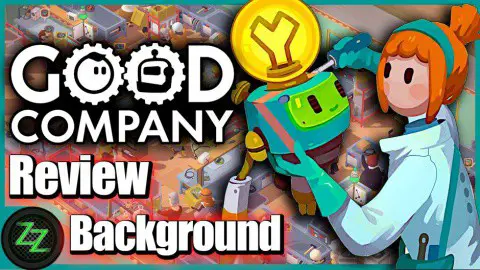
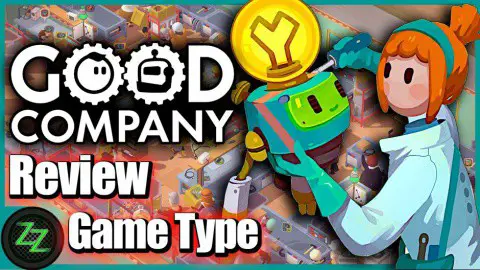
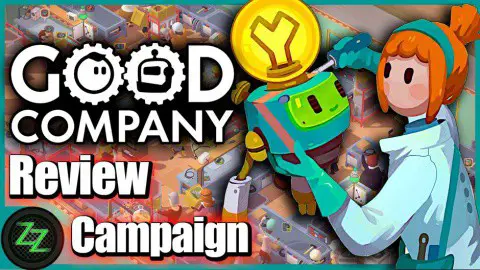

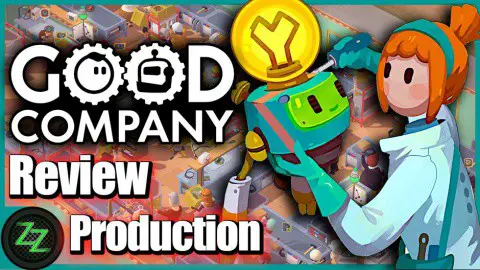

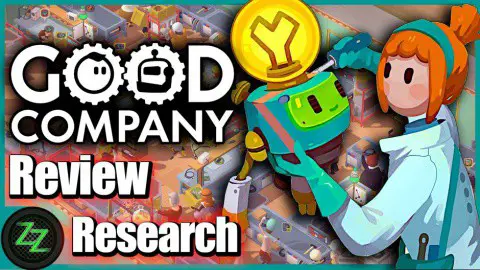
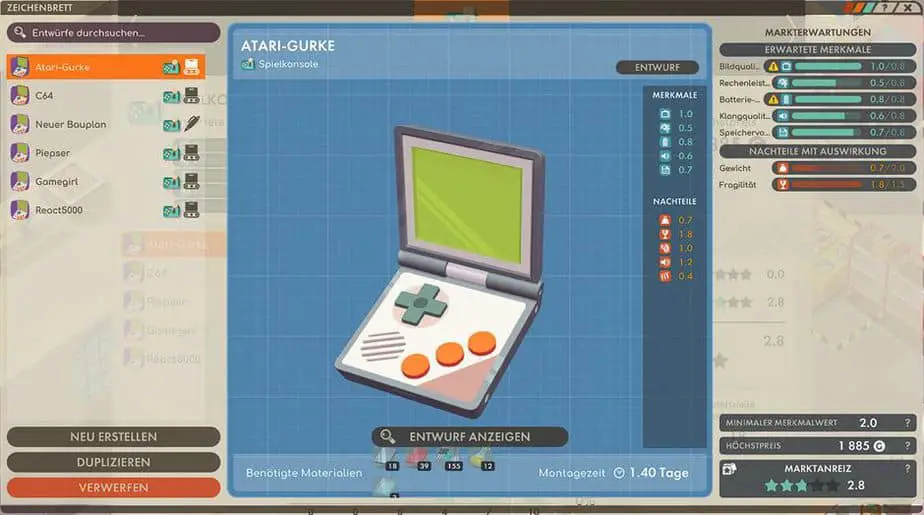
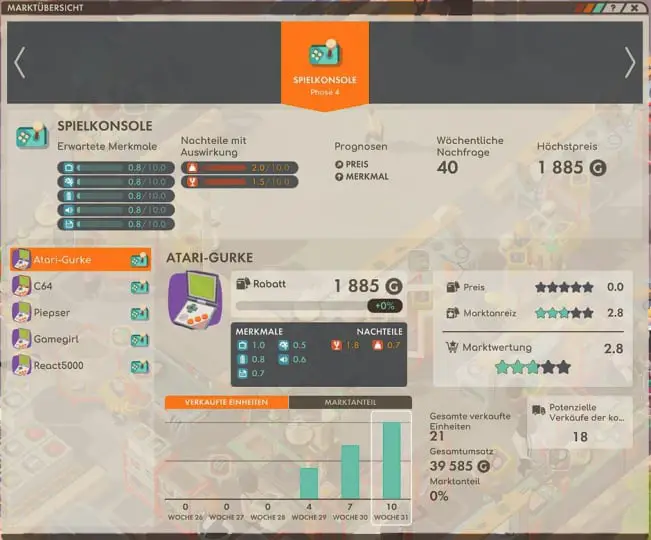

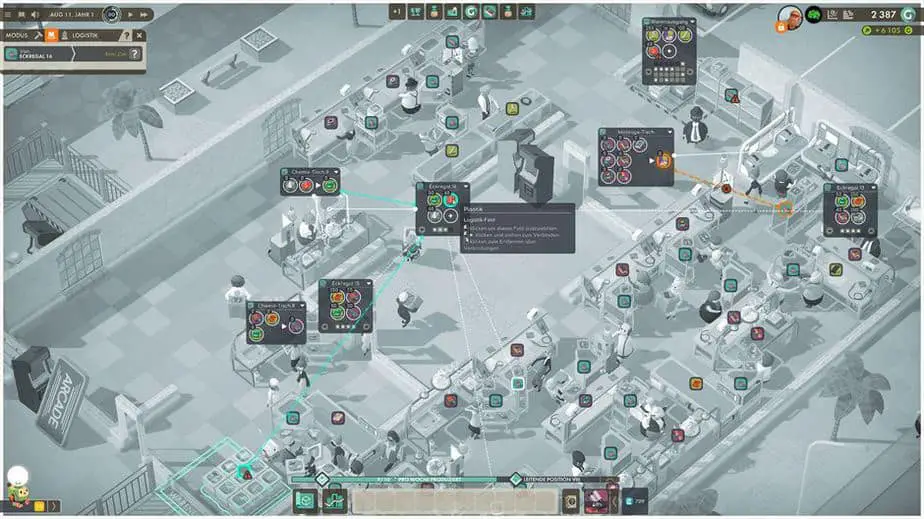
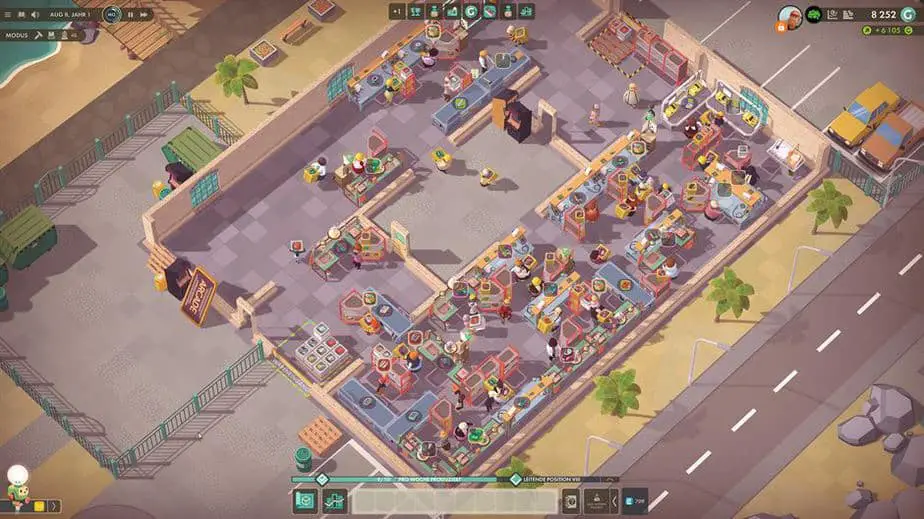
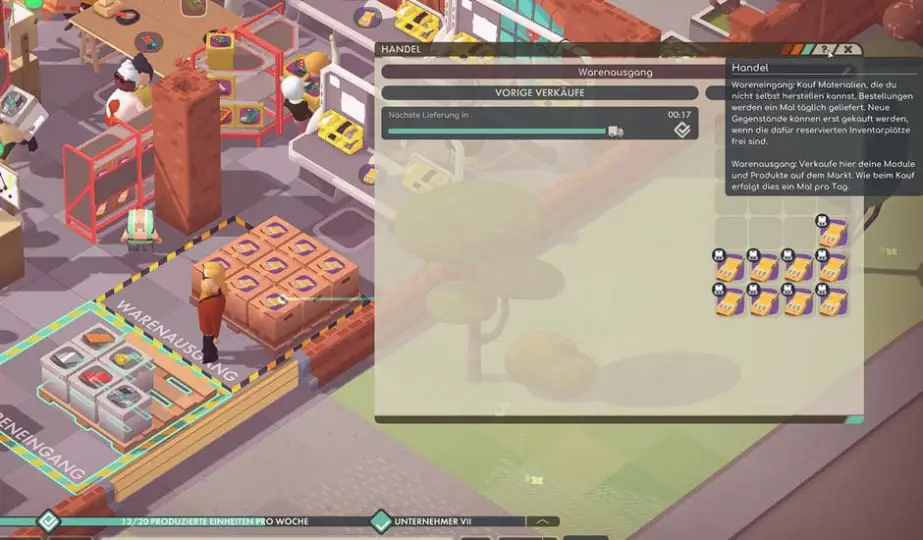
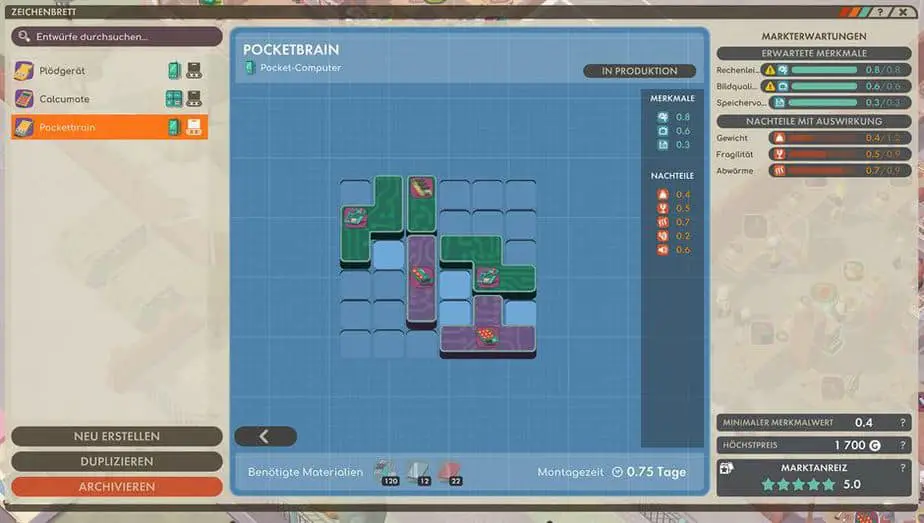





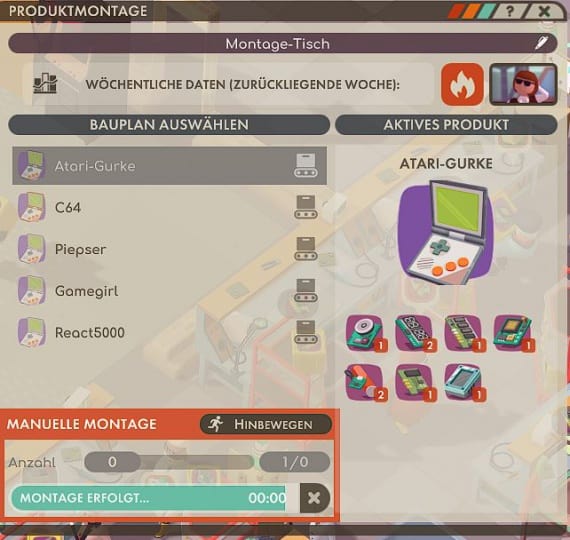
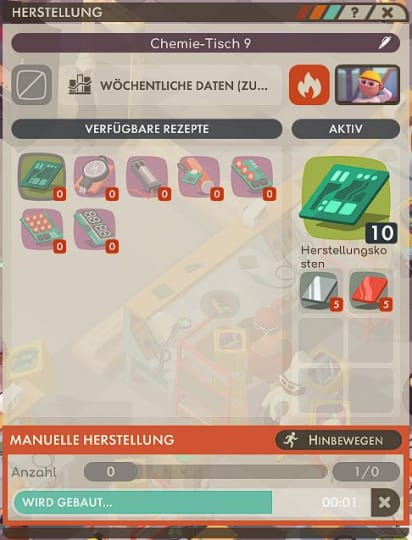


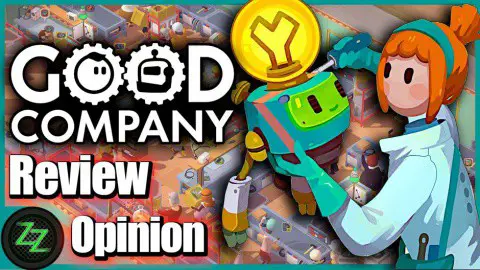
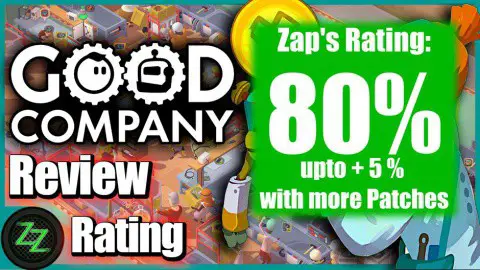


![Starfield Review - Bethesda's Space Role-Playing Game in the Test Starfield Review - Grandioses Space-RPG mit spitzen Ecken & harten Kanten im Test [PC Deutsch]](https://zapzockt.de/wp-content/uploads/Starfield-Review-Grandioses-Space-RPG-mit-spitzen-Ecken-harten-Kanten-im-Test-PC-Deutsch-240x135.webp)

![Forspoken Review - Save a Strange World Full of Light and Shadow - Test Forspoken Review [Deutsch PC] Rette eine fremde Welt voller Licht und Schatten - Test-German](https://zapzockt.de/wp-content/uploads/Forspoken-Review-Deutsch-PC-Rette-eine-fremde-Welt-voller-Licht-und-Schatten-Test-German-240x135.webp)
